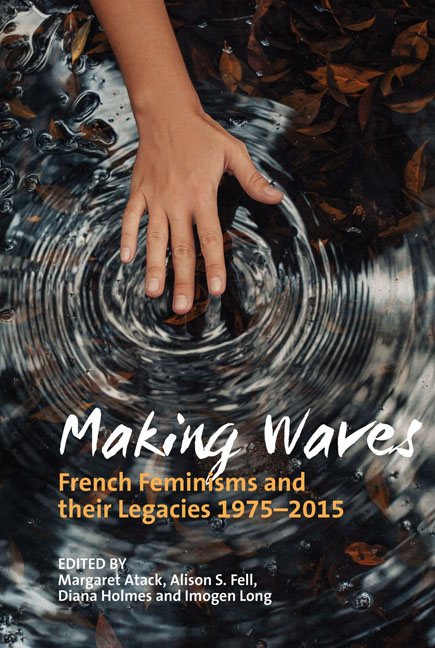Book contents
9 - A Mediterranean Bazaar: The Bazar du Genre Exhibition at the Musée des Civilisations de l'Europe et de la Méditerranée (MuCEM) in Marseille, 2013
Summary
In 2013, the new Musée des Civilisations de l’Europe et de la Méditerranée (MuCEM) was opened in Marseilles, which was one of the two European ‘capitals of culture’ for that year – the other one being Kosice (pron. Koshitzé), in Slovakia. The MuCEM was a project that had been some decades in the making, having its genesis in the decline of the Musée national des arts et traditions populaires (MNATP) near the Bois de Boulogne in Paris. One of the inaugural temporary exhibitions at the MuCEM was Au Bazar du Genre: Feminin/Masculin en Mediterranee (7 June 2013–14 January 2014), which was intended as an exploration of the idea of ‘gender’, of women and of second wave feminism in the greater Mediterranean region. The exhibition was curated by ethnologist Denis Chevallier, who was in charge of the team preparing the MuCEM project as a whole, assisted by a team of academics. Its 39-article catalogue is a weighty tome featuring the work of many well-known French academics, with a preface by the doyenne of French feminist history, Michelle Perrot, among other things co-editor of the seminal five-volume Histoire des Femmes en Occident/ History of Women in the West (1991–92). Along with the exhibition's location and timing, this line-up of academics conferred considerable prestige and visibility on it. It certainly contributed – along with the museum’s symbolic location in the Joliette/Fort St Jean former docks area and the innovative architectural design by Rudy Riciott – to putting the MuCEM on the national and international map. The museum clocked up some two million visitors in its first year, of which close to 70,000 visited during its opening weekend.
This article considers the Bazar du Genre exhibition – the types of exhibit, the media used, the ways in which the exhibition space was used, the exhibition's title and iconic poster – within its temporal and physical context. It asks what sense of genre/gender – and feminism – and their histories is being conveyed and what may be at stake in mounting this particular exhibition in this particular time and place. In inscribing second wave feminism and aspects of its material culture within a national ethnographic museumscape, does the exhibition inscribe feminist understandings of gender within a new ‘cultural citizenship’ (Turner, 2001), or does it reduce second wave feminism to a potpourri of cultural artefacts?
- Type
- Chapter
- Information
- Making WavesFrench Feminisms and their Legacies 1975–</I>2015, pp. 141 - 154Publisher: Liverpool University PressPrint publication year: 2019

